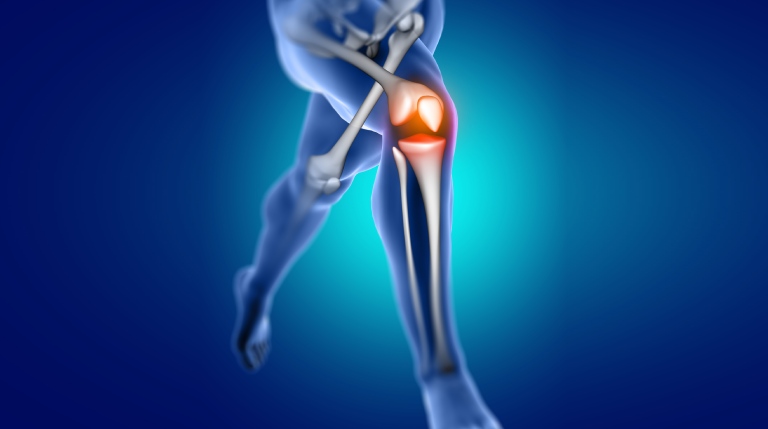The meniscus, a crucial part of the knee joint, is often susceptible to injury. Whether it’s a tear due to sudden trauma or gradual wear and tear, meniscal injuries can lead to severe pain and restricted movement. One effective treatment for repairing damaged menisci is Meniscus Repair surgery. But what does this procedure entail, and what should one expect? This article aims to provide an in-depth look into Meniscus Repair, shedding light on the different aspects of this crucial surgery.
Understanding the Meniscus
Why It’s Important:
The meniscus is a wedge-like cartilaginous tissue that cushions between the femur (thigh bone) and the tibia (shin bone). It is critical for joint stability, load distribution, and lubrication.
Common Causes of Injury:
Meniscal injuries typically occur due to twisting motions or sudden stops during athletic activities. However, they can also result from wear and tear, especially in older individuals.
Types of Meniscus Repair
Arthroscopic Repair:
In this minimally invasive technique, small incisions are made to insert an arthroscope and surgical instruments. The torn meniscus is then sutured or anchored.
Meniscectomy:
Here, the damaged portion of the meniscus is removed, and the remaining meniscal tissue is shaped to fit the joint properly.
Meniscus Transplant:
In extreme cases, when the meniscus is irreparably damaged, it may be replaced with donor tissue.
Recovery and Rehabilitation
Post-Operative Care:
Recovery time can vary from 4 to 6 weeks for minor repairs and up to 3 months for more complicated surgeries. Physical therapy plays a crucial role in hastening recovery.
What to Expect:
Patients may be required to use crutches initially and gradually progress to weight-bearing activities as healing occurs.
Dr. Yugal Karkhur on Meniscus Repair
Dr. Yugal Karkhur, a distinguished orthopaedic and joint specialist, brings expertise in treating meniscal injuries. He prioritises patient education, explaining in detail the surgical procedures, potential outcomes, and recovery timelines. His thorough approach ensures that patients are well-prepared and well-informed, aiding in successful treatment and faster recovery.
Disclaimer: The content of this blog is intended for educational purposes and should not be considered a substitute for professional medical advice. For personalised healthcare recommendations, please consult a specialist physician. The results of treatments vary from person to person.

